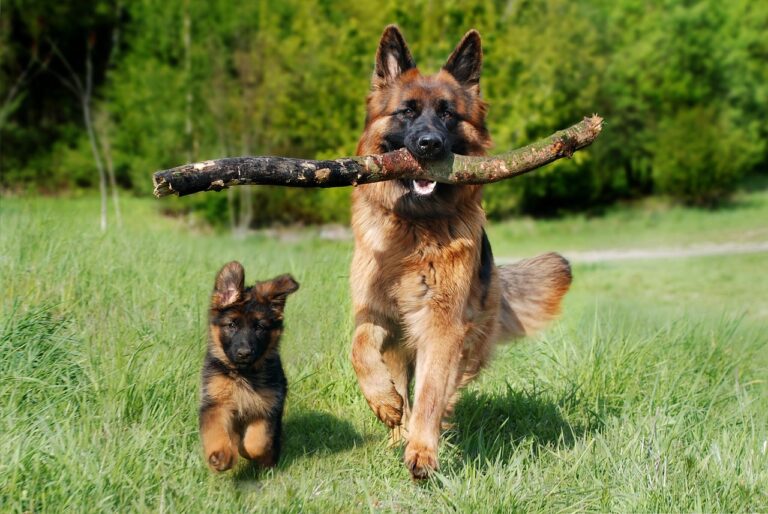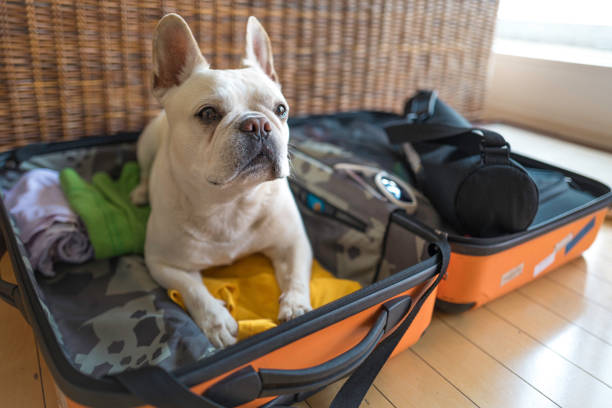Dogs are social animals that thrive in a pack environment. Understanding the dynamics of a dog pack can significantly enhance your training efforts and improve your dog’s behavior. Here’s how pack dynamics play a crucial role in dog training.
First, it’s important to recognize that dogs are descendants of wolves and share many social behaviors with their wild ancestors. In a pack, there is a clear hierarchy, with a dominant leader, or alpha, and subordinate members. This hierarchy provides structure and order within the pack. When training your dog, establishing yourself as the pack leader is essential. This doesn’t mean using force or intimidation, but rather being a calm, consistent, and confident leader that your dog can trust and follow.
Consistency is a key component of pack dynamics. In the wild, pack leaders are consistent in their behavior and expectations, providing clear rules and boundaries. Similarly, in training, consistent commands, routines, and expectations help your dog understand what is required of them. Consistency builds trust and reduces confusion, making it easier for your dog to learn and follow commands.
Positive reinforcement is another important aspect of pack dynamics. In a pack, positive behaviors are often rewarded with social interactions, play, and affection. When training your dog, using positive reinforcement techniques such as treats, praise, and playtime can encourage good behavior and strengthen the bond between you and your dog. Rewarding desired behaviors makes your dog more likely to repeat them, leading to faster and more effective training.
Socialization is a crucial part of pack life. Dogs that are well-socialized are better equipped to handle new environments, people, and other animals. Regular exposure to different situations, people, and dogs can help your dog develop confidence and reduce fear and anxiety. Socialization also teaches your dog how to interact appropriately with others, preventing behavioral issues and promoting positive interactions.
Understanding body language is essential in pack dynamics. Dogs communicate primarily through body language, using signals such as posture, facial expressions, and tail movements to convey their intentions and emotions. Being attentive to your dog’s body language can help you understand their needs, emotions, and potential triggers. This understanding allows you to respond appropriately and address any issues before they escalate.
Training sessions should be structured and purposeful, much like activities within a pack. Short, focused training sessions are more effective than long, unfocused ones. Incorporate a variety of activities that challenge your dog’s mind and body, such as obedience training, agility exercises, and scent work. This keeps training interesting and engaging, preventing boredom and frustration.
Leadership in a pack is earned through respect and trust, not fear or aggression. Building a strong, positive relationship with your dog is the foundation of effective training. Spend quality time with your dog, engage in activities they enjoy, and provide plenty of mental and physical stimulation. A strong bond with your dog enhances their willingness to follow your lead and makes training a positive experience for both of you.
Understanding and applying pack dynamics in dog training can lead to a more harmonious and effective training experience. By establishing yourself as a calm and consistent leader, using positive reinforcement, socializing your dog, and understanding their body language, you can create a strong bond and a well-behaved, happy dog.



